Posted by WhyDoes on Oct - 30 - 2009 - Comments Off on Why Does Alcohol Burn
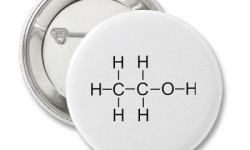
Before you think of beer and whisky, you ought to know that there are generally two kinds of alcohol: the first group is called the hydroxide group (made up of one oxygen atom), and the second is called polyols (with more than one oxygen atom). There are many other subgroups. But basically an alcohol is an organic compound of a hydroxyl group that links to a carbon atom of an […]
Posted by WhyDoes on Sep - 5 - 2009 - Comments Off on Why Does Sugar Dissolve in Water?
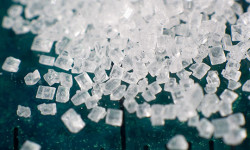
Sugar, like salt, dissolves easily when mixed with water. The sugar molecules break up easily and do not reform again after the water molecules pull them away from each other like magnets do to iron fillings. The attraction between the water and sugar molecules depends on the charge each one emits. The sugar molecules are known to have hydroxyl groups that have a slight negative charge. On one hand, the […]
Posted by WhyDoes on Sep - 5 - 2009 - Comments Off on Why Does Ice Float?

We all know that objects that float on water have less density than the body of water. Weight is not an issue because ships and tankers have floated on oceans for many years. However, in the northern part of the world, we often see icebergs floating in the water without sinking, or even melting back into the water. How does this happen? Why does ice float? Ice is simply water […]
Posted by WhyDoes on Sep - 5 - 2009 - Comments Off on Why Does Helium Change Your Voice?
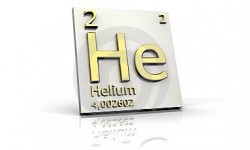
Isn’t it funny to hear someone who has just gulped a bit of helium from a balloon speak with a squaky voice? Clowns and comedians use this trick to make audiences laugh in parties. People may think it’s a joke, but why does helium change one’s voice? It’s nice to know why it happens. Warning! Helium is not safe! First of all, let’s give out a warning about helium. Helium […]
Posted by WhyDoes on Sep - 5 - 2009 - Comments Off on Why Does Graphite Conduct Electricity?
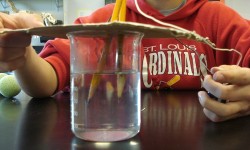
First of all, we must ask what graphite is. Graphite is simply the dark solid that we thought of as “lead” in pencil, although there is no lead in it. From that, you all know now graphite is black and is very, very soft. So you ask your self: How can that conduct electricity? It’s not metal! Well, the reason for graphite’s ability to conduct electricity lies in its atomic […]
Posted by WhyDoes on Sep - 3 - 2009 - Comments Off on Why Does Copper Oxidize?
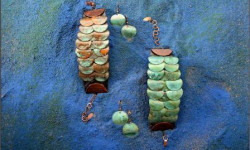
We are all familiar with how oxidation works. Iron produces a reddish brown flaky layer, aluminum produces white flakes, and apple turns brown when exposed to the air and moisture for some time. Just like these examples, copper also undergoes oxidation. But unlike iron, which turns to rust when exposed to air and moisture during oxidation, copper turns to green when exposed to oxygen. Water, in this case, is not […]






